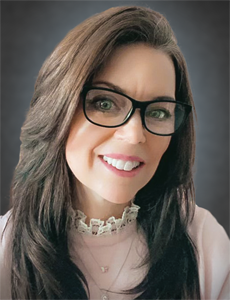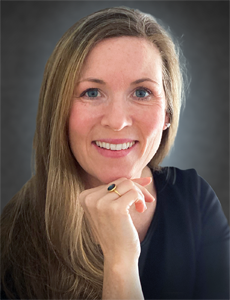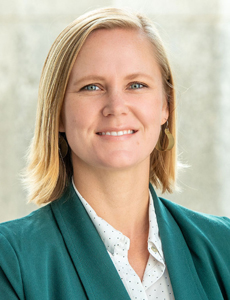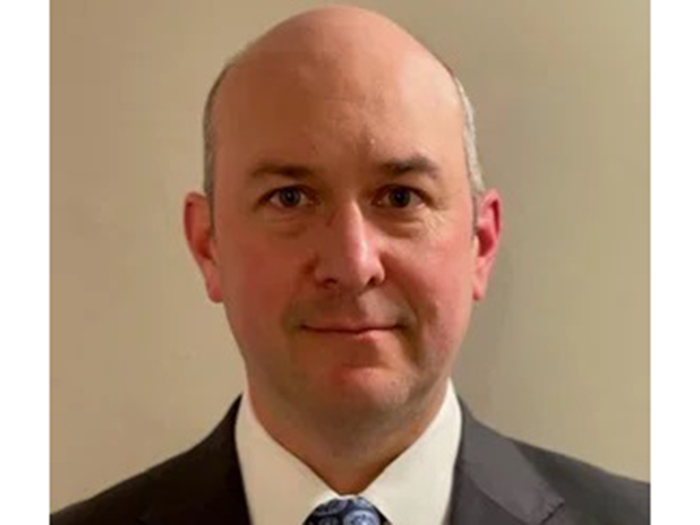NFP Management Corporation Tackles Diversity and Inclusion in the Captive Space

In a white male dominated industry, it can be hard for women and minority professionals to find footing in insurance.
Data collected by S&P Global Market Intelligence shows the percentage of nonwhite employees in the insurance workforce only reached 21.4% in 2019, an increase from 19.8% the year prior. The percentage of nonwhite insurance workers was 15.3% in 2010.
Women fill just under 22% of insurance executive and officer roles.
Diversity and inclusion efforts are on the rise, however, and many institutions are taking larger strides than ever before to open their talent pool and bring on workers with unique, distinct backgrounds and ideas.
“We see that lack of diversity in our industry and know that we have to do our part to change it,” said Tracy Stopford, SVP, managing director and co-lead of RISC at NFP. “Diversity brings in new perspectives that make us better for our colleagues, clients and communities.”
NFP is a state-approved captive management company that provides services to captives licensed in Vermont through its Risk & Insurance Strategy Collective (RISC). NFP, through RISC, has made a concerted effort to drive diversity and inclusion throughout the industry.
This effort is a prime example of how the insurance industry can not only devote time to D&I initiatives but also find success in doing so.
The RISC D&I Story
In 2018, NFP, a captive management company in Vermont, formed a D&I advisory board to engage a mix of people from all business lines and levels to help shape its D&I program from within.

Tracy Stopford, SVP, managing director and co-lead of RISC, NFP
Part of the board’s efforts have resulted in several internal groups designed to bolster women and minority insurance professionals, including the Women’s Resource Group, Black Professionals Resource Group, LGBTQ Resource Group and Family Resource Group.
These groups aim to serve members of different communities to provide a space to raise concerns, find career growth opportunities and foster an allyship throughout the company they serve.
NFP wanted to keep its D&I internal momentum going; when it launched its captive and alternative risk branch — the RISC team — leadership made it a point to place D&I at the forefront. NFP selected Stopford and Kara Tencellent, also SVP, managing director and co-lead of RISC, as the leaders of its global captive practice in October 2020.
According to the company, Stopford and Tencellent are driven to integrate D&I into their work, because they both understand and see the value in having different perspectives in helping clients identify solutions that align with their unique needs.
“D&I isn’t just an initiative. It’s critical to changing the landscape of the country we live in today,” Tencellent said. “A diversity of ideas and insights fuels a better understanding of what employees and clients want and need to be more successful.”
That’s why D&I has to be more than a buzzword or a “quota to fill” for the hiring department; diversity brings in new perspectives informed by experience. The captive industry in Vermont, for example, opens insurance professionals to hundreds of unique jobs.
In order to fill those openings, however, takes more than a “work available” sign in the front window.
As Brittany Nevins, captive insurance economic development director for the State of Vermont, said, “We want these jobs to be accessible to people from diverse backgrounds. Diverse perspectives are foundational to the future of the industry.”
Opening the Captives Door for All Businesses
As RISC has grown under Stopford and Tencellent’s guidance, so too has its mission to provide captive services to businesses with diverse leadership.

Kara Tencellent, SVP, managing director and co-lead of RISC, NFP
According to the 2019 Annual Business Survey released by the U.S. Census Bureau, approximately 18.3% (1 million) of all U.S. businesses were minority-owned and about 19.9% (1.1 million) of all businesses were owned by women in 2018.
That number continues to grow today.
“RISC works with our vendors and partners to help bring a diverse perspective to clients, as well as help them along their own D&I journey,” Stopford explained.
These efforts include RISC fostering a way for women- and minority-owned businesses to form captives — a vital tool in the insurance and risk management toolbox for any company.
“As a company that has recently expanded upon its services to the captive industry, I was excited to hear about the company’s innovative and intentional effort to reach companies that have not been able to easily access the captive insurance market, particularly women and minority owned businesses,” said Nevins.
“This work is foundational to their company’s approach,” she added, “and will make a meaningful impact not just in Vermont but on the broader industry.”
RISC has been collaborating with brokers and clients to expand awareness of insurance solutions among women and minority business owners.
“Captive solutions can help enhance competitiveness and help a business thrive regardless of size,” said Tencellent.
To continue to get more women- and minority-owned businesses that opportunity, RISC has been working alongside state and local governments and insurance carriers to identify and address the legislative and regulatory hurdles in the traditional insurance market that present challenges to these business owners.
“The challenges can be significant for women and minority business executives because of the liability they assume and their cost of insurance,” said Stopford, “both of which can impede growth.”
When Partners Share in Your Values
The partnership between RISC and Vermont captives has enhanced efforts to bring insurance solutions to women and minority business owners.

Brittany Nevins, captive insurance economic development director, State of Vermont
“We have a Vermont domiciled captive cell facility that will continue to be used as part of our strategic risk management solution for women and minority business clients,” Tencellent and Stopford said.
Education on alternative risk financing strategies has assisted these efforts.
“We’ve found that these business owners don’t always have the financial resources available to set up a pure captive facility,” explained Tencellent.
But Vermont’s willingness to work with RISC and provide a strong and sound regulatory framework helps drive their clients to success.
“For the last 40 years since the captive insurance industry was created in Vermont, we have always embraced change and have intentionally been innovative to improve the industry,” said Nevins.
“Celebrating and actively including diverse perspectives in the captive industry is a continuation of Vermont’s Gold Standard.”
“D&I has no finish line,” added Stopford. “Perhaps the most important part of our story is that no matter how much progress [we make], we still have room to learn and grow.” &










